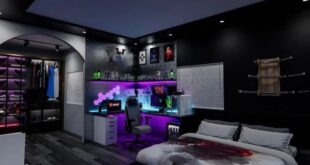Interior lighting plays a crucial role in creating a welcoming and comfortable atmosphere in any space. Whether it’s a home, office, or retail store, the right lighting can enhance the overall design and functionality of a room. When it comes to interior lighting, there are several factors to consider, such as the type of lighting fixtures, placement of lights, color temperature, and intensity.
One of the most important aspects of interior lighting is the choice of lighting fixtures. There are various types of fixtures to choose from, including ceiling lights, wall sconces, floor lamps, and table lamps. Each type of fixture serves a different purpose and can be used to create a specific ambiance in a room. For example, pendant lights are often used in dining rooms or kitchens to provide focused task lighting, while recessed lights are a popular choice for general ambient lighting in living rooms or bedrooms.
Another crucial factor to consider when designing interior lighting is the placement of lights. Proper placement of lighting fixtures can help enhance the functionality of a space and highlight key design elements. For example, placing wall sconces on either side of a mirror can create a flattering and well-lit vanity area in a bathroom. Additionally, recessed lights can be strategically placed to illuminate artwork or accent walls in a living room or hallway.
The color temperature of lighting plays a significant role in creating the right ambiance in a space. Warm white light (2700-3000K) is often used in residential settings to create a cozy and inviting atmosphere, while cool white light (4000-5000K) is preferred in commercial spaces for a brighter and more energizing feel. It’s essential to consider the color temperature of lighting fixtures when designing interior lighting to ensure that it complements the overall design and purpose of the space.
The intensity of lighting is another crucial aspect to consider when designing interior lighting. The intensity of light can vary depending on the function of the space. For example, task lighting in a kitchen or office area requires higher intensity lighting to ensure visibility and productivity, while ambient lighting in a living room or bedroom can be softer and more relaxed. Dimmer switches can be a great solution to adjust the intensity of lighting and create a versatile lighting scheme in any room.
In conclusion, interior lighting is a key element in creating a well-designed and functional space. By considering factors such as the type of lighting fixtures, placement of lights, color temperature, and intensity, designers and homeowners can create a customized lighting scheme that enhances the overall atmosphere and functionality of a room. Properly designed interior lighting can transform any space into a comfortable and inviting environment for all who enter.
 bebadesign Interior Design Ideas
bebadesign Interior Design Ideas

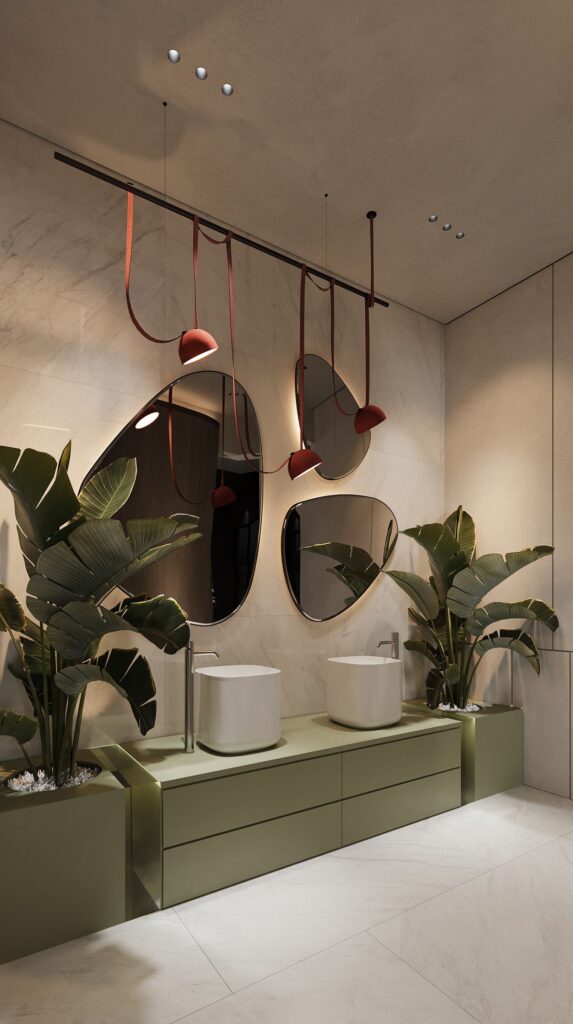
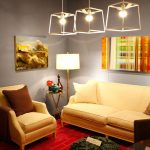


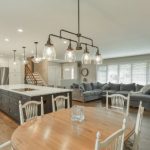
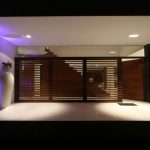





![Home Lighting] Understand the interior lighting design to .](https://bebadesign.com/wp-content/uploads/2020/09/interior-lighting-92090-150x150.jpg)


